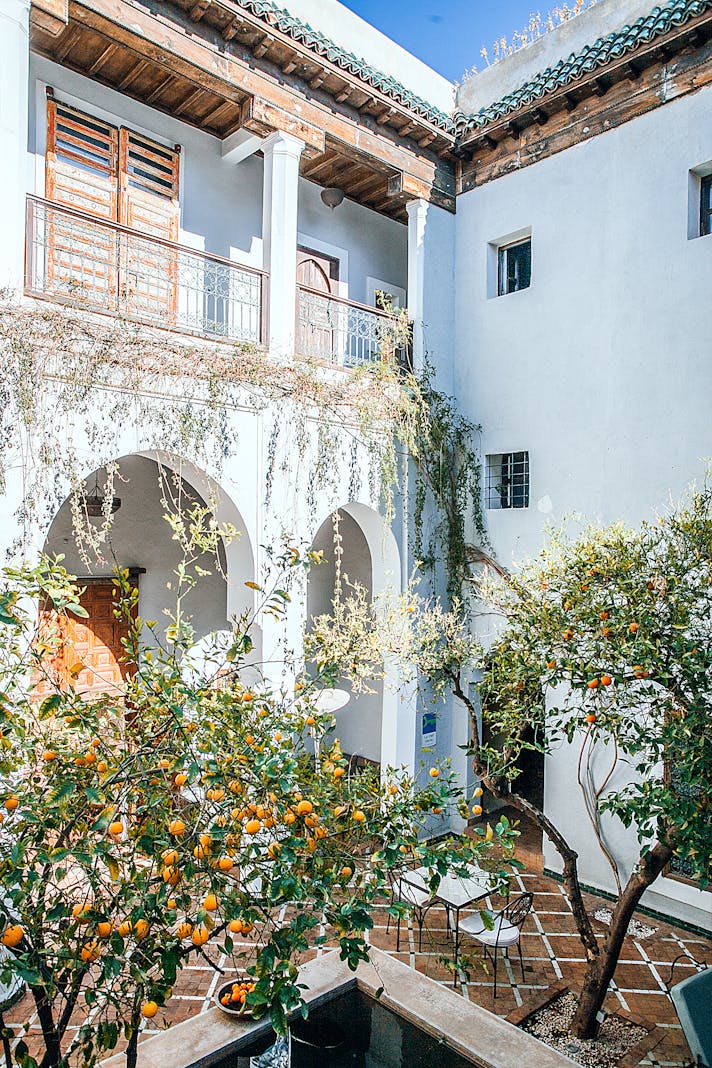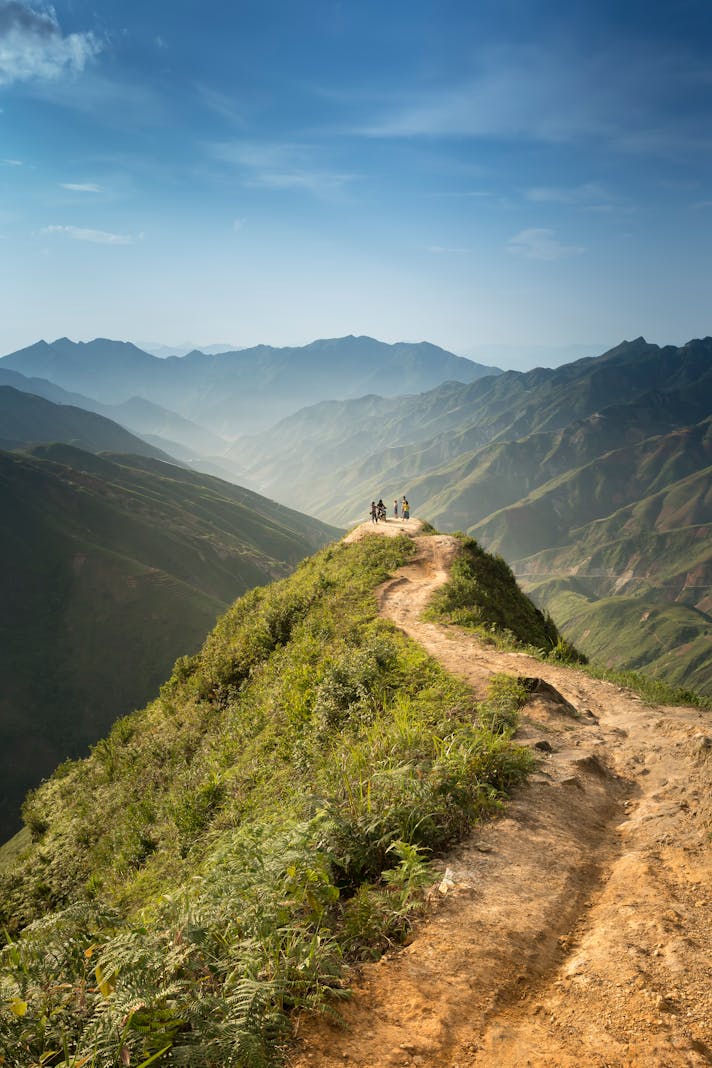Winter Weather in California

The stereotype of California is that the sun always shines, and the weather is always warm. For those who have lived in northern climes, the weather is indeed on the mild side; even four-season areas of California are subject to a relatively short winter season. However, there are variations throughout the state, and visitors should do their due diligent research to be prepared for what the weather will hold.
In general, the weather in the state can be divided in the following categories, Southern California and the desert, the central coast, the north coast, the inland valleys, and the mountain areas. The Sierra Nevada and Cascade ranges are the only parts of the state with a true four-season climate, with snowstorms and freezing temperatures occurring from December to March. Because of the way that the mountain ranges trap moisture, California snow is often referred to as “Sierra cement”; wet and sticky, it’s not ideal for skiing. Notwithstanding, visitors to Yosemite, Mammoth, or Lake Tahoe during these months can look forward to snowy vistas and traditional wintertime festivities. Bring long johns, hats, gloves, and warm socks, especially if you’re from Southern California!
The central valleys of the state often are plagued with what is known as “Tule Fog”: low clouds that obscure visibility and provide cold, damp conditions. This kind of weather can be dangerous to drive in; every winter, there are accidents on Highway 5, the central thoroughfare for the state. Warm clothing is needed to keep out the chill, although those from other states may laugh at the California definition of cold.
San Francisco and the north coast are cool throughout the year, and winter is more like that of the Pacific Northwest than like the rest of the state. Rain is common, and this time of year is generally damp, foggy, cloudy, or all three at the same time. While temperatures never fall much below freezing, the dampness of the area will surprise those who have heard the California stereotype. Bring a raincoat and a hat!
The desert parts of California can get surprisingly cold at night. While these areas are usually dry year-round, rain does occur, and it is generally heavy when it does. It’s not unusual for inland Southern California to get most or all of its rainfall in February, and generally by way of storms that dump one or two inches of rain in a few hours. Because the area is so dry most of the year, this can and often does lead to flooding, small waterspouts, or other wild conditions. For the most part, however, one can enjoy “winter weather” in the sixties and seventies, with lows usually in the forties and fifties.
The Central and South Coast areas generally enjoy mild winters. Temperatures will drop into the forties and rise to the sixties and seventies. Rain is more likely the father north one goes; many storms that come down from the Pacific Northwest peter out around Point Conception. It’s still possible to walk on the beach without being completely bundled up, but a sweater and some winter accessories will provide comfort. Because of the likelihood of sunlight, clear skies, mild weather, and lack of tourist crowds, this is the best time to visit the area.
No, it’s not Buffalo, Chicago, or Denver – but there are some winter weather issues in California. While these shouldn’t deter visitors, it is important to realize that the traditional weather stereotype of the state does have its limitations. Pack and plan accordingly!
In general, the weather in the state can be divided in the following categories, Southern California and the desert, the central coast, the north coast, the inland valleys, and the mountain areas. The Sierra Nevada and Cascade ranges are the only parts of the state with a true four-season climate, with snowstorms and freezing temperatures occurring from December to March. Because of the way that the mountain ranges trap moisture, California snow is often referred to as “Sierra cement”; wet and sticky, it’s not ideal for skiing. Notwithstanding, visitors to Yosemite, Mammoth, or Lake Tahoe during these months can look forward to snowy vistas and traditional wintertime festivities. Bring long johns, hats, gloves, and warm socks, especially if you’re from Southern California!
The central valleys of the state often are plagued with what is known as “Tule Fog”: low clouds that obscure visibility and provide cold, damp conditions. This kind of weather can be dangerous to drive in; every winter, there are accidents on Highway 5, the central thoroughfare for the state. Warm clothing is needed to keep out the chill, although those from other states may laugh at the California definition of cold.
San Francisco and the north coast are cool throughout the year, and winter is more like that of the Pacific Northwest than like the rest of the state. Rain is common, and this time of year is generally damp, foggy, cloudy, or all three at the same time. While temperatures never fall much below freezing, the dampness of the area will surprise those who have heard the California stereotype. Bring a raincoat and a hat!
The desert parts of California can get surprisingly cold at night. While these areas are usually dry year-round, rain does occur, and it is generally heavy when it does. It’s not unusual for inland Southern California to get most or all of its rainfall in February, and generally by way of storms that dump one or two inches of rain in a few hours. Because the area is so dry most of the year, this can and often does lead to flooding, small waterspouts, or other wild conditions. For the most part, however, one can enjoy “winter weather” in the sixties and seventies, with lows usually in the forties and fifties.
The Central and South Coast areas generally enjoy mild winters. Temperatures will drop into the forties and rise to the sixties and seventies. Rain is more likely the father north one goes; many storms that come down from the Pacific Northwest peter out around Point Conception. It’s still possible to walk on the beach without being completely bundled up, but a sweater and some winter accessories will provide comfort. Because of the likelihood of sunlight, clear skies, mild weather, and lack of tourist crowds, this is the best time to visit the area.
No, it’s not Buffalo, Chicago, or Denver – but there are some winter weather issues in California. While these shouldn’t deter visitors, it is important to realize that the traditional weather stereotype of the state does have its limitations. Pack and plan accordingly!
You Should Also Read:
Snowy Delights in Mammoth Lakes
A Mediterranean Climate
Winter Wine Tasting in Sonoma County

Editor's Picks Articles
Top Ten Articles
Previous Features
Site Map
Content copyright © 2023 by Korie Beth Brown, Ph.D. . All rights reserved.
This content was written by Korie Beth Brown, Ph.D. . If you wish to use this content in any manner, you need written permission. Contact Korie Beth Brown, Ph.D. for details.







